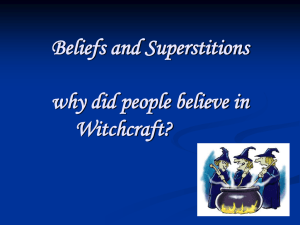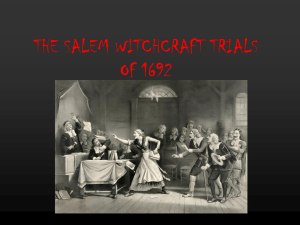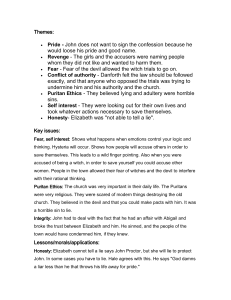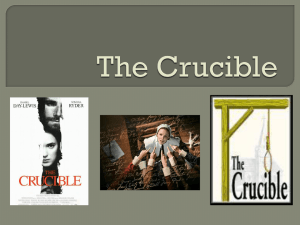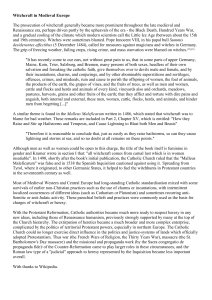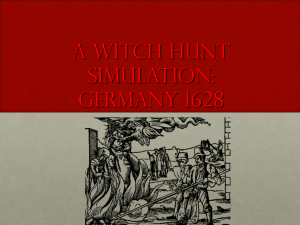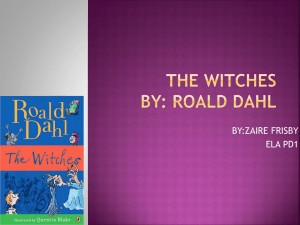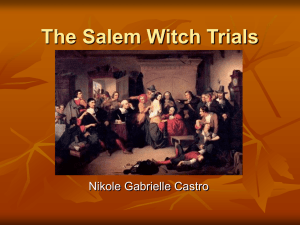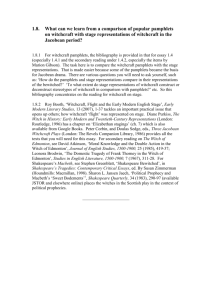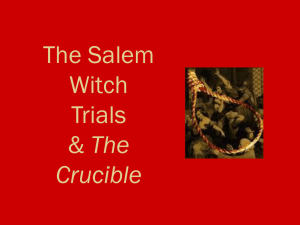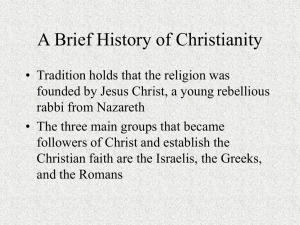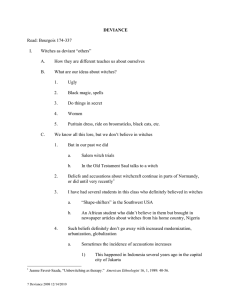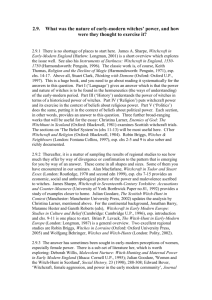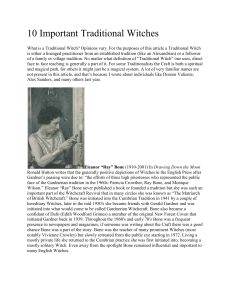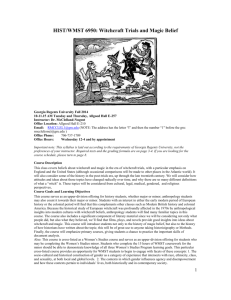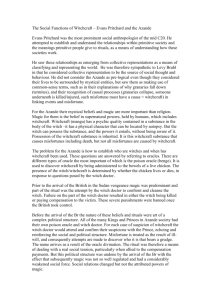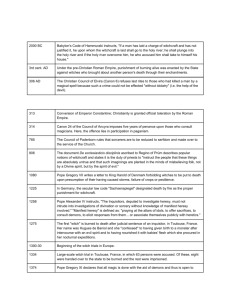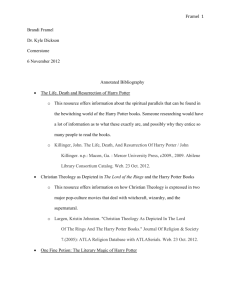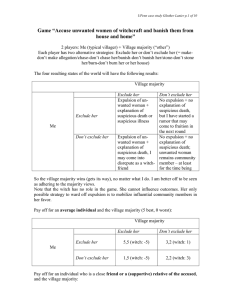The Middle Ages (non
advertisement
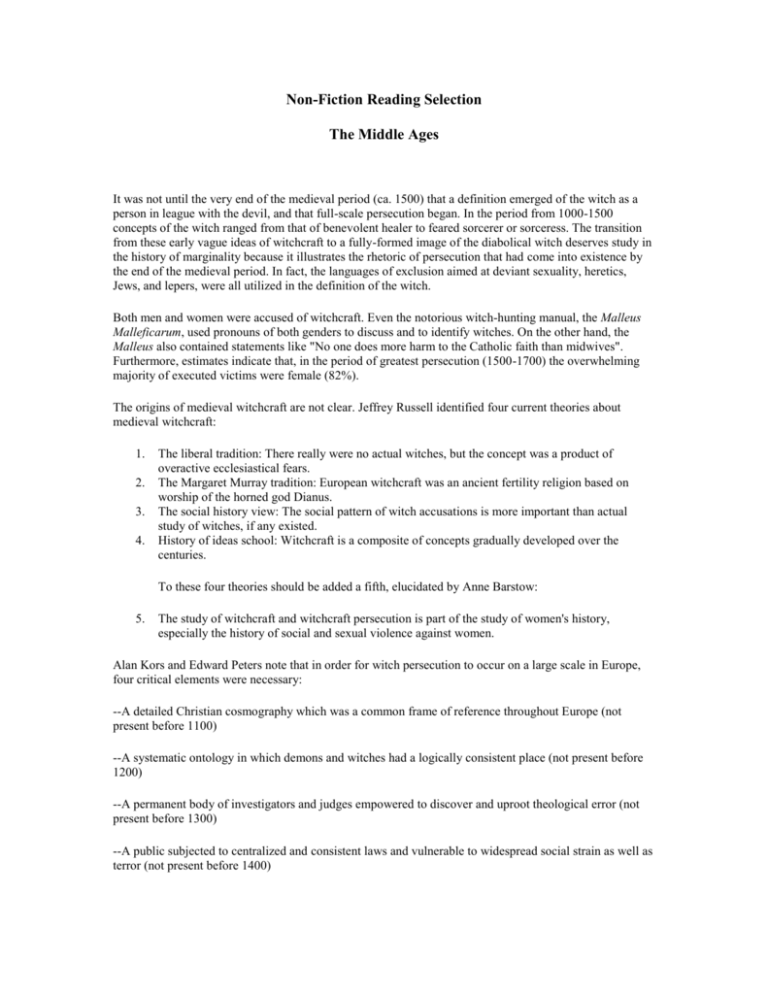
Non-Fiction Reading Selection The Middle Ages It was not until the very end of the medieval period (ca. 1500) that a definition emerged of the witch as a person in league with the devil, and that full-scale persecution began. In the period from 1000-1500 concepts of the witch ranged from that of benevolent healer to feared sorcerer or sorceress. The transition from these early vague ideas of witchcraft to a fully-formed image of the diabolical witch deserves study in the history of marginality because it illustrates the rhetoric of persecution that had come into existence by the end of the medieval period. In fact, the languages of exclusion aimed at deviant sexuality, heretics, Jews, and lepers, were all utilized in the definition of the witch. Both men and women were accused of witchcraft. Even the notorious witch-hunting manual, the Malleus Malleficarum, used pronouns of both genders to discuss and to identify witches. On the other hand, the Malleus also contained statements like "No one does more harm to the Catholic faith than midwives". Furthermore, estimates indicate that, in the period of greatest persecution (1500-1700) the overwhelming majority of executed victims were female (82%). The origins of medieval witchcraft are not clear. Jeffrey Russell identified four current theories about medieval witchcraft: 1. 2. 3. 4. The liberal tradition: There really were no actual witches, but the concept was a product of overactive ecclesiastical fears. The Margaret Murray tradition: European witchcraft was an ancient fertility religion based on worship of the horned god Dianus. The social history view: The social pattern of witch accusations is more important than actual study of witches, if any existed. History of ideas school: Witchcraft is a composite of concepts gradually developed over the centuries. To these four theories should be added a fifth, elucidated by Anne Barstow: 5. The study of witchcraft and witchcraft persecution is part of the study of women's history, especially the history of social and sexual violence against women. Alan Kors and Edward Peters note that in order for witch persecution to occur on a large scale in Europe, four critical elements were necessary: --A detailed Christian cosmography which was a common frame of reference throughout Europe (not present before 1100) --A systematic ontology in which demons and witches had a logically consistent place (not present before 1200) --A permanent body of investigators and judges empowered to discover and uproot theological error (not present before 1300) --A public subjected to centralized and consistent laws and vulnerable to widespread social strain as well as terror (not present before 1400) It is clear that the rhetoric of persecution used against the other marginal groups in our study were all heaped upon the figure of the witch. These include: Deviant sexuality (sexual union with the Devil, orgies, homosexuality) Anti-semitic libels (killing of infant children, cannibalism, the witches' sabbat, profanation of the Eucharist) Heresy (abjuration of the Christian faith, group ceremonies, the Devil's mass, initiation ceremonies involving Eucharistic or crucifixion parodies) Leprosy (special marks upon the body of the witch, dirt, contamination) Witch roasting infant children --from F. Guazzo, _Compendium Maleficarum_, 1608.

